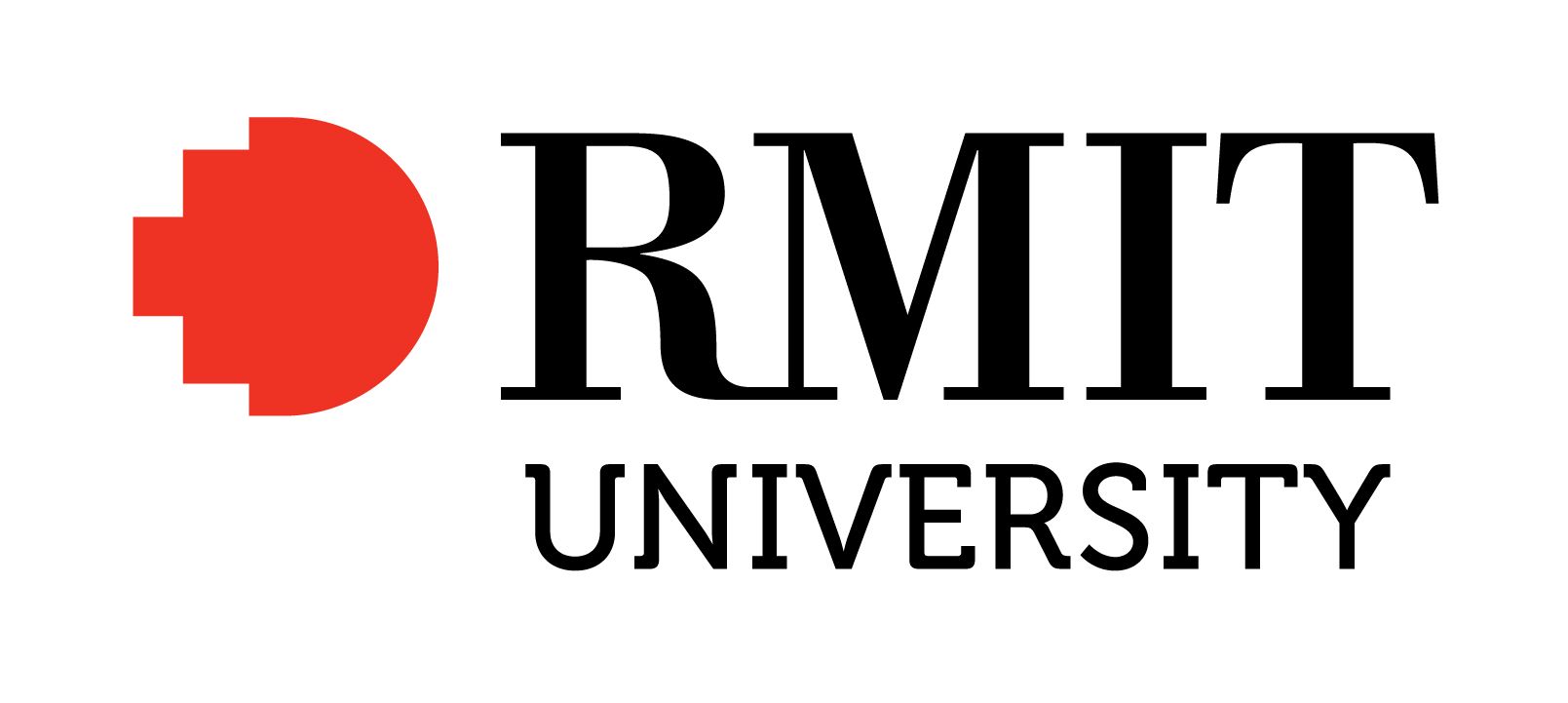Full description
The thesis the data comes from analyses patterns of growth, decline, clustering and dispersal of live music in Sydney and Melbourne between the 1980s and 2000s. It demonstrates the use of historical Geographic Information Systems, combined with interviews, as a methodological approach for understanding the impacts of restructuring in cultural industries. It offers a practical example of applied social research with GIS. The project developed a novel methodology combining GIS with interviews with music scene participants. A substantial part of the research project comprised the development of a historical geodatabase, leveraging the spatial and temporal data embedded in historical live music performance listings (‘gig listings’) sourced from archived publications in Sydney and Melbourne. This geodatabase ultimately incorporates over 20,000 live music listings and over 2500 geocoded venues. The historical geodatabase was built incrementally to adapt to the format of the historical data. The structure maintains a one-to-one relationship to primary sources from different publications, allowing for quality checks, but can produce normalised outputs that allow live music venues, performances, and bands to be analysed separately. Outputs from the geodatabase have facilitated the quantitative analysis and geovisualisation of live music data over the study time frame in Sydney and Melbourne.
Data time period:
1980s-2000s
Subjects
Expanding Knowledge |
Expanding Knowledge |
Expanding Knowledge Through Studies of the Creative Arts and Writing |
Geospatial Information Systems |
Historical GIS |
Live music |
Mathematical and Geospatial Sciences |
Mixed methods |
Music Performance |
Performing Arts and Creative Writing |
Studies in Creative Arts and Writing |
Social and Cultural Geography |
User Contributed Tags
Login to tag this record with meaningful keywords to make it easier to discover
Identifiers
- Local : d791ec2f513e31e77f28311e83f9dc30


